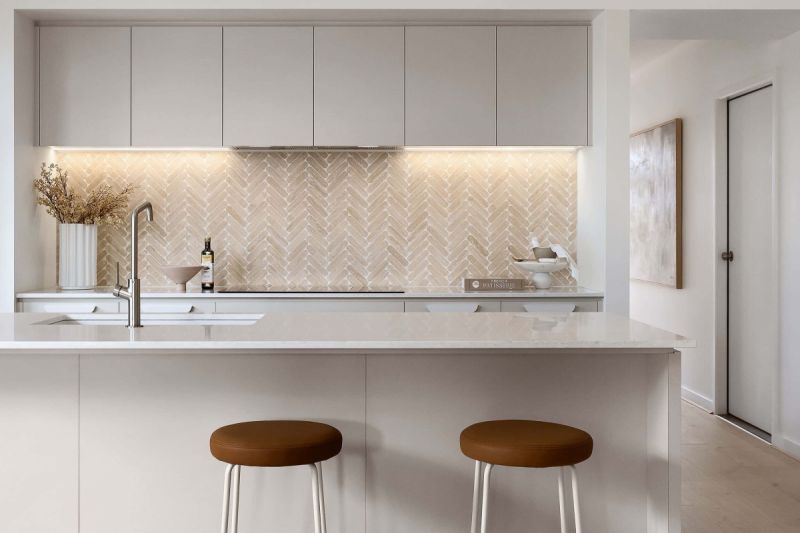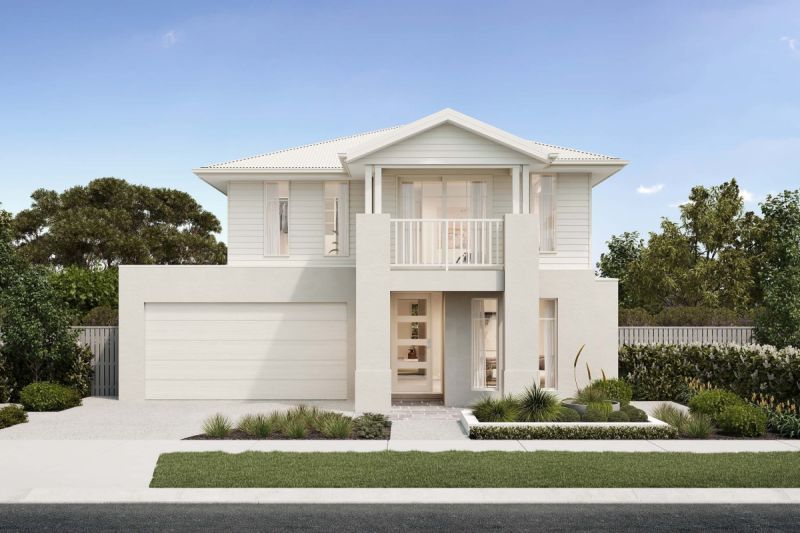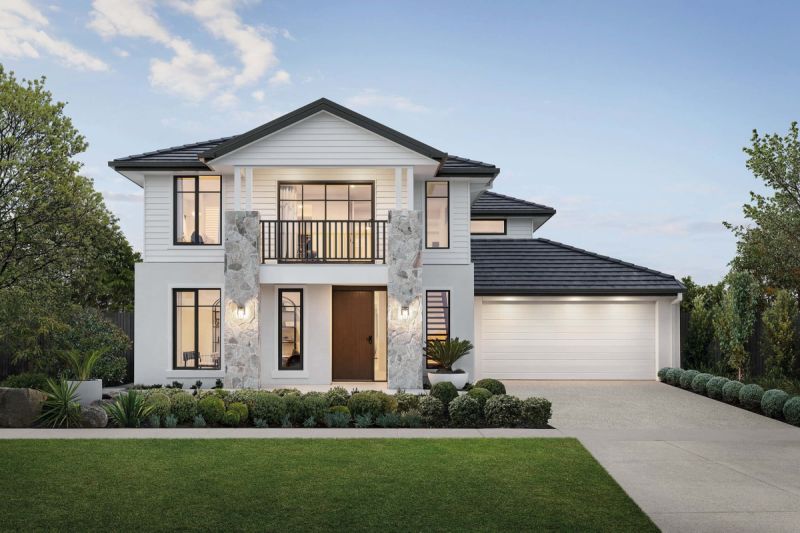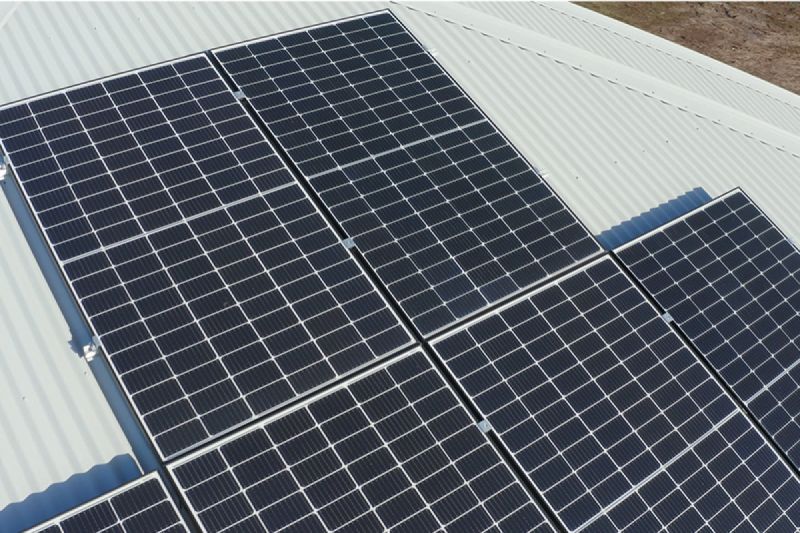Dispelling the 7-star myth – shedding light on dark-coloured roofs
Through collaboration with leading structural engineers, suppliers and trusted trades, our team have left no stone unturned to bring you cutting edge, spacious, 7-star energy efficient homes with luxury inclusions at exceptional value.
We can do this because we’re backed by a $7 billion parent company, the 330-year old global homebuilder, Sumitomo Forestry Group. This support means we’ve had the resources to research, collaborate and invest in innovation, propelling the industry forward while providing our customers with the ultimate financial and comfort confidence.
Introducing our first range of 7-star homes back in July 2023 means our team are now established energy industry experts. What we are seeing now is that customers are rightly questioning why they would build a 6-star home, when we can build them a 7-star luxury home, without the high build costs they might’ve seen in the news.
We are also ready to dispel common misconceptions that surround sustainability and the choices available. A topical discussion point right now being the colour of a roof in the 7-star rating process.
HINT: A roof doesn’t have to be light to be 7-star!
Some people believe that a dark roof is incompatible with achieving a 7-star energy rating, however, it can actually be part of achieving the rating in a cool climate.
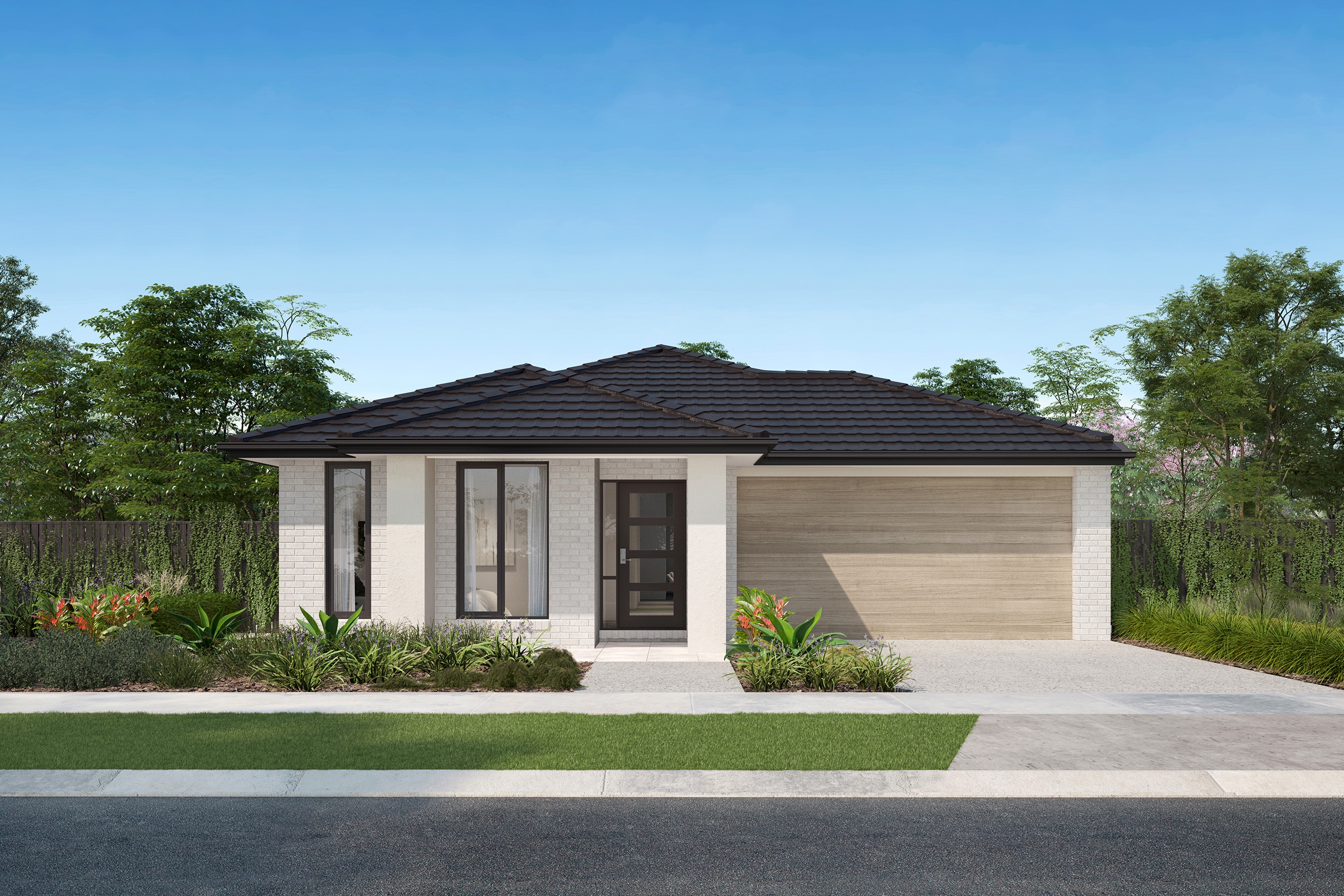
Why we need darker colours to better our ratings
In cool climate zones, like Melbourne, new homes will be built with a 7-star energy rating and a dark roof will be an asset in the design accreditation. It is advantageous in the cooler climate, as a dark roof absorbs and retains heat, contributing to overall thermal performance.
In the cooler Melbourne climate, up to 90% of energy we use to condition our homes goes towards heating. To try and reduce this load, we invite the warmth of the sun into our homes, store that energy in high density floors (thermal mass), insulate and seal the home appropriately to keep the warmth in.
Dark coloured surfaces absorb a wider range of wavelengths across the visible spectrum, this absorbed light is converted into heat. In contrast, light coloured surfaces reflect most of the light, leaving less energy absorbed. It is why Australia is divided into different climate zones, and why our design portfolio carefully takes these factors into consideration not just by geographical location, but also orientation of your individual block.
By heating external surfaces of the home, by use of darker colours, the insulating layers can operate more efficiently, which means they are simply more effective in preventing the intrusion of cold, ensuring enhanced efficiency.
Factors influencing 7-star ratings
Achieving a 7-star energy rating involves considering multiple factors beyond roof colour and our Mainvue designs champion them all!
If you want to maximise efficiency and minimize your ongoing energy costs, chat to our team today!


